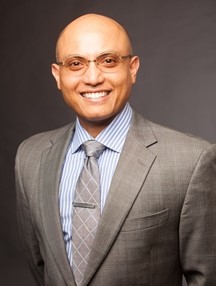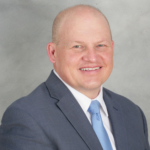By Abraham Jacob, MD
Aural rehabilitation, or hearing therapy, following implant surgery is instrumental to auditory redevelopment. We see with our brains, we smell with our brains and we hear with our brains, but unfortunately our brains can overcorrect in areas when utilization isn’t warranted. If an individual isn’t applying the areas of the brain devoted to hearing, the brain may in fact dedicate those resources normally committed to such to address other needs. It may even revert to support other senses such as vision. Many seeking cochlear implantation have retreated into silent worlds – for many years and perhaps even a decade. Dedicated, daily listening practice after implantation is required to push the brain forward and reconnect to sound.
Therapy approaches may vary from patient to patient depending on the severity and timing of the hearing loss. With any type of therapy, it may take some time to see improvements and the length of time devoted to such varies depending on whether the individual was able to use a hearing aid in their ear before cochlear implantation. The availability of opportunities patients had for listening and conversation with the hearing aid is also integral.
Impact of consistent aural rehabilitation
Regular hearing therapy during the first few months following surgery can be beneficial and should be started immediately after initial activation of the sound processor. Just like knee or hip surgery, if one does not tend to the appropriate physical therapy, especially early on, the ability to achieve full range of motion with a new joint and walk affectively are simply not as good as if the effort is put in at the onset.
Patients should be directed to expose themselves to sound-rich environments, particularly environments with much speech input. This is critical to making progress with their cochlear implants. If patients don’t re-engage orally with their friends, family and other loved-ones, the implant may not be as effective. For example, if one spends only 30-60 minutes of time in sound-rich environments in a 12-14-hour day, there may still be no progress.
There needs to be a concerted effort by the individual to expose themselves to sound a good portion of the day. The device alone will not provide the long-awaited sound the patient will appreciate.
Insights
The data logging feature of the sound processor will provide the patient and audiologist with insights into the actual “air time” or use of the device and the patient’s exposure to sound enriched environments, making it easy to track therapy efforts and optimize further clinical practice or direction.
There may be times when an implanted patient will want or need to do some refresher therapy as well, such as following an upgrade to new cochlear device technology, or when adding additional accessories to improve their listening experience in various environments such as noise or music appreciation.
For more information about aural rehabilitation, download Cochlear’s adult home-based hearing therapy manuals and subscribe to Cochlear ProNews.

About the author:
Abraham Jacob, MD
Medical Director – Ear & Hearing at Center for Neurosciences
Medical Director for Otology/Neurotology Services – Tucson Medical Center
President – Arizona Society of Otolaryngology – Head & Neck Surgery


